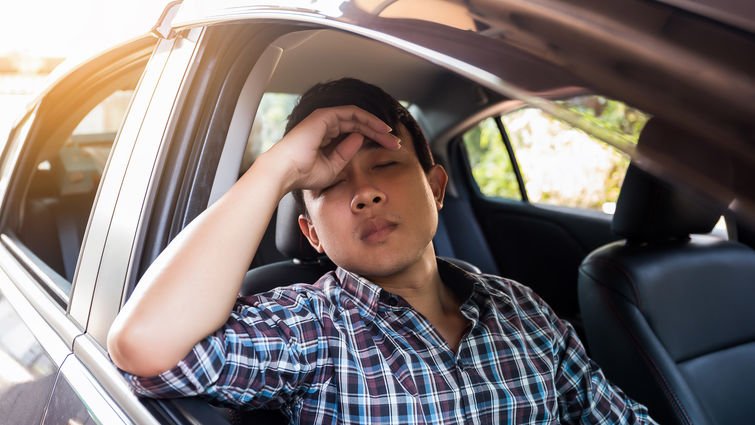Study Shows Joyful Tunes Beat Nausea
In a new study, “A study on the mitigating effect of different music types on motion sickness based on EEG analysis,” scientists investigated ways to ease motion sickness with music. With millions of people suffering from motion sickness, and according to 2019 data, an estimated two to three million doses of Dramamine, a common motion sickness medication, are purchased in the U.S. each month. Does this mean we could replace pills with music to combat motion sickness, as long as it’s happy music?
The scientists simulated driving, induced motion sickness in participants, and played different types of music. The study involved 30 people, divided into six groups; four received a music intervention, one received no music, and one had the simulators stopped when they began to report that they might be feeling mild motion sickness. After they stopped driving, participants in the music groups listened to music for a minute and then were asked to report how sick they felt.
The results showed that happy music produced the best recovery effects, while sad music was less effective. More precisely, joyful music alleviated carsickness the most, reducing it by 57.3%, followed by soft music, at 56.7%. Passionate music reduced motion sickness by 48.3%, while playing sad music was slightly less effective than doing nothing. The control group reported a reduction of car sickness symptoms by 43.3% after their rest, while those who listened to sad music reported a reduction of only 40%. Participants also wore electroencephalogram caps that measured their brain activity.
Of course, the scientists point out that this is a small sample and that additional research is needed. Qizong Yue, a doctoral student and research assistant at the China Music Mental Health Institute, Southwest University, Chongqing, China, and one of the study’s authors, responded to a few questions for Unknown Focus.
Which part of the study did you find most surprising?
Qizong Yue: For the experimental component of this research, we employed a driving simulator to replace actual vehicles for validation. While this approach offers greater safety advantages in the experimental environment, it lacks the realism of actual vehicle testing. We initially estimated that the motion sickness-inducing materials selected for screening would only produce low-level effects on subjects in the preliminary experiment. However, during the preliminary experiment, we discovered that although few subjects experienced severe motion sickness, most reached moderate levels of motion sickness. This finding provides the foundational theoretical basis for subsequent formal experiments.
In other words, as explained, the simulator can reliably produce the level of motion sickness needed for the research.
Do you think factors such as what participants ate before testing could affect outcomes—for instance, could consuming chocolate trigger oxytocin release? Additionally, how important is hormone analysis in this type of research?
Qizong Yue: Indeed, relevant studies suggest that consuming chocolate may be associated with the release of hormones like oxytocin through factors such as inducing feelings of pleasure. However, the relationship is quite complex. Unfortunately, in the experimental setup of this study, while we instructed participants to avoid medications affecting vestibular function or other neurological drugs for 48 hours before testing, we did not impose restrictions on general food intake. Our primary focus was on EEG signals as indicators of neurological responses, without collecting blood or saliva samples for analysis. Consequently, we were unable to quantify the aforementioned effects. Therefore, our future research aims to expand these directions to fully elucidate the multifaceted physiological mechanisms by which music alleviates motion sickness.
“‘We recommend following the “60-60” hearing safety rule: keep volume below 60% of your device’s maximum level and limit continuous listening to no more than 60 minutes.”‘
How can we find a balance during longer journeys so that, for example, hearing health is not put at risk?
Qizong Yue: We recommend following the “60-60” hearing safety rule: keep volume below 60% of your device’s maximum level and limit continuous listening to no more than 60 minutes. Prioritize noise-canceling headphones and listen at moderate volume in quiet environments to maximize the stress-relieving benefits of uplifting music while protecting your hearing.
Image: Car sickness


